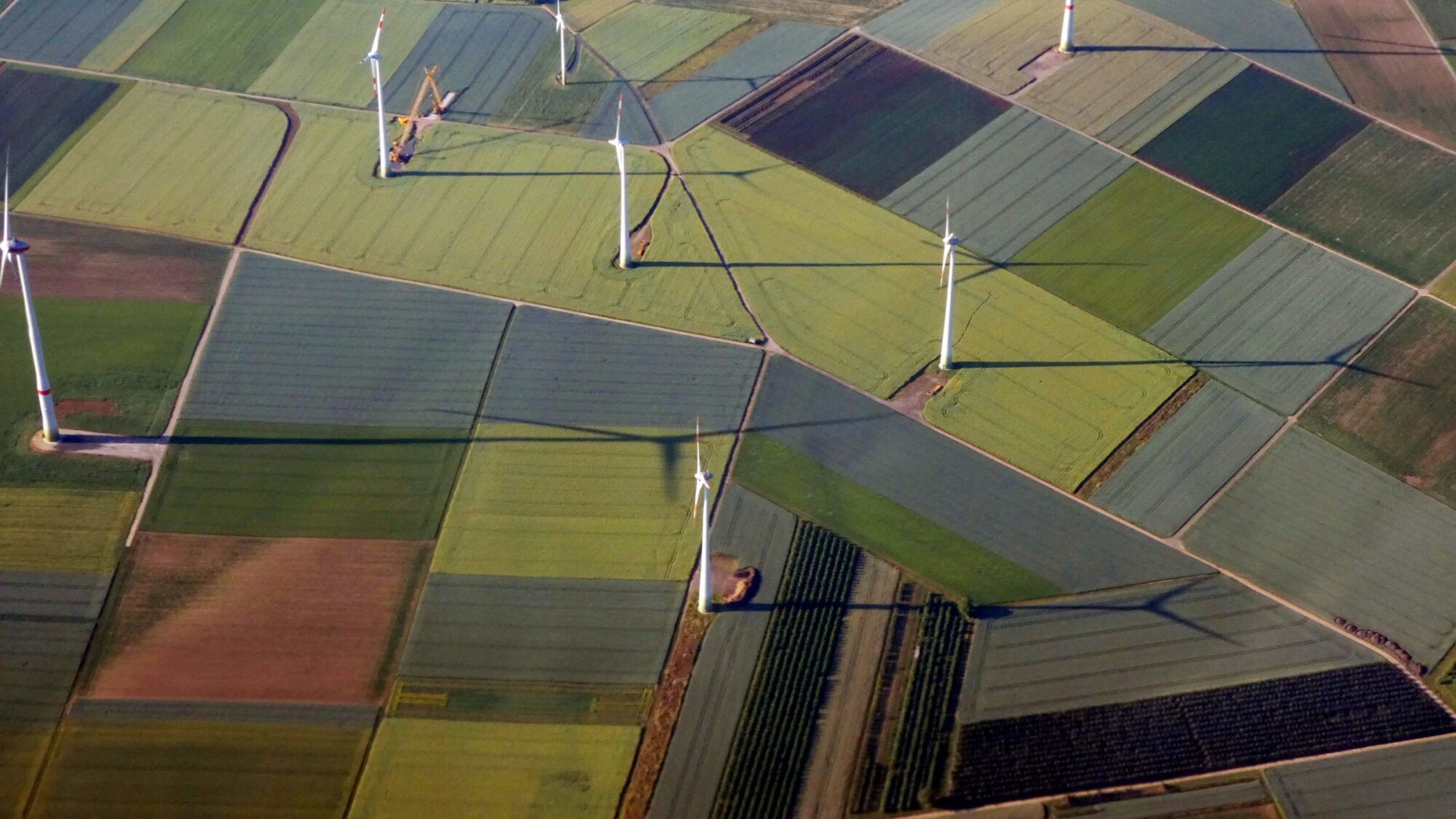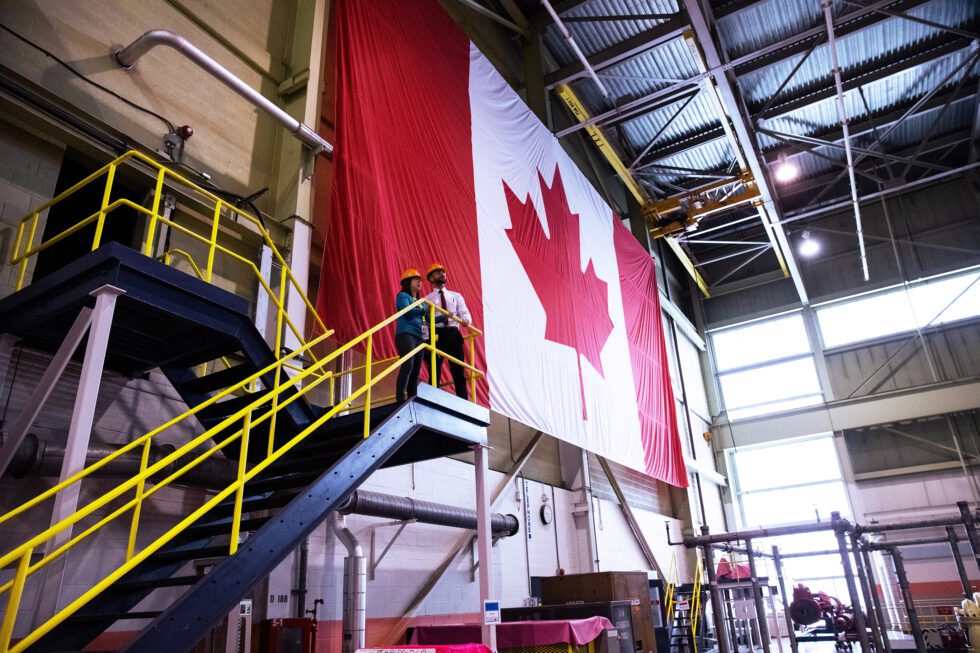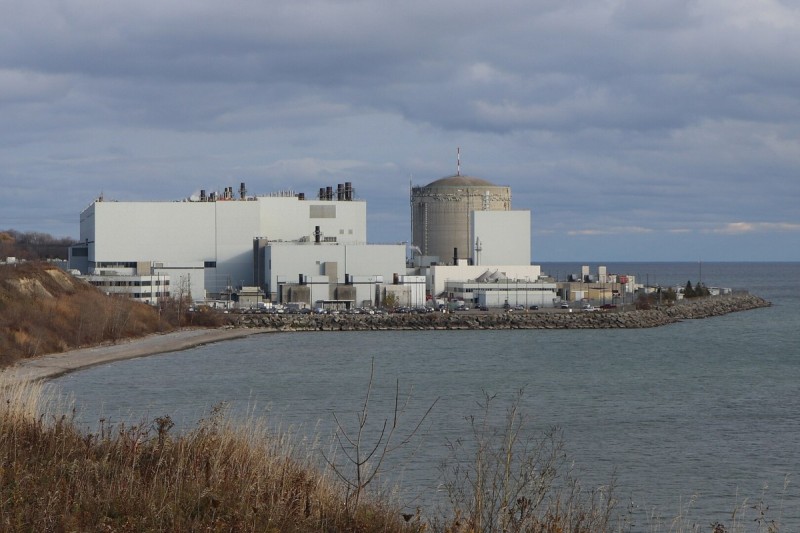A global shift to renewable energy is urgently needed to avoid catastrophic climate change and to provide the basis for a resilient and inclusive economy. We know this. We also know Canada lags far behind other countries in beginning this shift.
To change trajectories, we’d need a federal government committed to championing a national renewable energy strategy. Such a strategy could pay huge dividends for Canada.
It could create good quality, permanent jobs all across the country (not just in the oil patch). It could lower future energy bills as the falling cost of renewable energy “crosses-over” with the rising cost of conventional fuels. Importantly, emissions from power generation, heating, and transport energy use would be reduced. Finally, communities could be able to share in the wealth generated from energy development through local investment and community ownership.
Of course, the federal government has limited direct control over the actual adoption of clean energy technologies by consumers and business in Canada. The federal role must therefore be to show leadership by bringing the provinces together to develop a national plan, leveraging investment, and supporting a long-term transition through targeted innovation, research, development and commercialization of new technologies. Key technologies in which Canada could become a leader include energy storage, concentrating solar PV, geothermal, smart grid software, and grid interconnection.
To begin the transition to an economy based on renewable energy, a number of key components are necessary.
A National Renewable Energy Council
This new institution, made up of federal and provincial/territorial and Aboriginal governments, could oversee the implementation of coordinated national activities, including:
- An action and cost sharing plan to maximize use of renewable energy for electricity generation through integration of power grids, interprovincial connections, and new power storage capacity;
- Coordinated approaches to increase the use of renewable energy sources for heating and transportation, including electric vehicles, rail, and transit;
- Harmonization of incentives, standards, energy subsidy policy, and support measures for renewable energy among provinces and territories.
A new federal Office of Renewable Energy could provide staff capacity to the Council.
Targeted research and commercialization support for innovative renewable energy technologies
Economist Mariana Mazzucato, in her book The Entrepreneurial State – Debunking Public versus Private Sector Myths, shows how governments around the world have taken the lead in innovation, commercialization and deployment of new technology, such as renewable energy.
Public funding is needed to make critical investments. Such support could take the form of a Green Technology Fund administered by Sustainable Energy Technology Canada. This fund could provide innovation grants to those researching and manufacturing renewable energy and energy storage technologies, including universities and government agencies like Natural Resources Canada CanmetENERGY in Varennes, Quebec.
Tax credits, accelerated depreciation, and other financial incentives could also be provided to target and accelerate innovation. Critical to these investments are policies that make sure the public sees a return on its investments – through taxes, or equity stakes in firms – and that the profits are not merely privatized.
In addition, funding could also be provided for a national training program in renewable energy technology commercialization and installation through community colleges across the country.
Incentives to leverage community investment and ownership
Policies that encourage deployment of renewable energy technologies, like feed-in tariffs used successfully in Europe and as part of Ontario’s Green Energy Act, have shown there is a significant potential for local investment in renewable energy and a strong demand for community and First Nation ownership.
Renewable energy co-operative experience in Ottawa, across Ontario, and in Europe shows that many residents are ready to move their savings away from conventional financial markets into local co-operatives and social enterprises. In their book “The Resilience Imperative – Co-operative Transitions to a Steady State Economy”, Michael Lewis and Pat Conaty show that this democratic ownership also increases the resilience of economies and reduces inequality by creating local jobs and keeping wealth in the community.
A National Renewable Energy Strategy could therefore include policies to leverage community investment, including:
- Creation of co-operative and socially responsible corporate structures for clean energy;
- Tax incentives and feed-in tariffs to encourage investment in and conversion to these more democratic structures, as well as extension of RRSP eligibility to this equity investment;
- Standard models for estimating the value of renewable energy sources such as solar so that fair prices can be set once mature markets have been achieved;
- Government procurement of renewable energy for all buildings and services to kick start a mass market for these technologies.
To provide a stable investment environment, all these policies should run for at least five years and have short and longer term targets.
Budget and Jobs considerations:
Critical to the success of a renewable energy transition is budgeting sufficient financial support. The cost of a national renewable energy strategy could be covered, at least partly, from diverted oil and gas subsidies and revenues and from royalties and carbon pricing regimes.
The Green Economy Network, a joint initiative by environmental, labour, and social organizations, includes a Renewable Energy Development Strategy similar to that proposed above in their Common Platform – Making the Shift to a Green Economy. They propose an increase of at least $2 billion in the budget of Sustainable Technology Canada. Using research from Canadian and US sources, they estimate that for each $1 billion of leveraged investment in renewable energy, 20,000 person years of employment would be created.
Canada needs to show the world that it is serious about supporting a transition to clean energy and significantly cutting greenhouse gas and other emissions. A National Renewable Energy Strategy as outlined here would not only be environmentally sound, it could be the cornerstone of a sound long term economic development.
It is no secret that the current government has shown little interest in changing economic course, and the 2015 federal election offers an excellent time for Canadians to hear about alternative visions.





